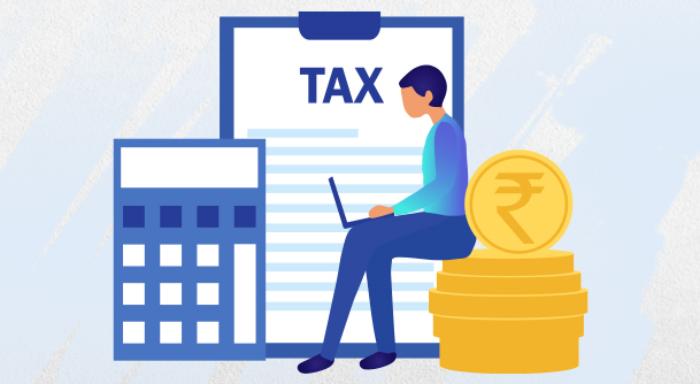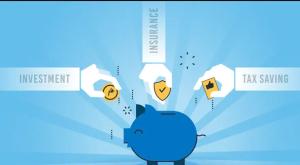Underwriter
Blog Title
2226 |
Who is an Underwriter in Insurance?
Underwriting is a critical aspect of the financial industry whereby an entity, whether an individual or an organization, assumes the risk of a project, investment, or loan in exchange for a fee. This function can be found in various sectors, such as banking, insurance, and the stock market.
During the industrial revolution, the term "underwriting" emerged from the tradition of having risk takers sign their names below the total risk they were willing to undertake in exchange for a designated premium.
What is Insurance Underwriting and Does the Process Work?
The meaning of underwriting in insurance is more specific. Insurance underwriters are industry professionals who evaluate risks linked to insuring potential policyholders and various kinds of assets. They charge fees for their services in the form of commissions, interest, or premiums. Their duties also include reviewing insurance applications and underwriting risks to help insurance companies calculate several vital aspects related to the policy.
The underwriter is the individual receiving and evaluating your personal details, as mentioned in your insurance application form. The key objective of underwriting is to understand the risks that you currently have, your ideal premium, and how suitable you are for a specific coverage amount. Underwriters are employed by insurance companies for risk assessment and premium determination (based on the potential loss/risk exposure for the insurer).
A Little More AboutThings You Should Know About Insurance Underwriters
Here are some core points that you should know about insurance underwriting:
- Underwriters assume risks related to events in the future while calculating premium amounts that cover these risks. This is a consideration for the insurance company's promise to reimburse the insured individual in case of any such event.
- Risks are evaluated prior to the conclusion of the policy tenure and also during renewal.
- Home insurance underwriters inspect properties for damages and other risks.
- Underwriters assess whether any specific risk should be insured or not, the scope of coverage that the insurance company can go for, and the appropriate compensation for the company due to this risk.
- Underwriters may have guidelines, checklists, and other formal regulations for determining overall pricing and eligibility for insurance plans. Some underwriters function with higher freedom with regard to analyzing risks.
Difference Between an Underwriter and Insurance Provider
The main difference between an underwriter and an insurance company lies in their roles and responsibilities within the insurance process.
An insurance company is a financial firm that sells policies to customers, handles claims, provides customer service, and employs insurance agents who interact with clients to discuss policy details and changes. They operate within the parameters established by underwriting guidelines, which are set by the underwriter.
An underwriter, on the other hand, is responsible for assessing risks and determining whether or not to accept them. They have the authority to decide how a firm will respond to risk opportunities and can change the terms of a policy to mitigate unforeseen risks. Underwriters typically do not interact with customers directly, but they provide guidance and support to insurance companies and their agents.
In summary, an insurance company primarily deals with customer service, claims, and policy sales, while underwriters are responsible for assessing risk, setting underwriting guidelines, and determining the terms of policies. The two work together to provide insurance coverage to customers and manage risk.
What is the Role of an Underwriter in Insurance?
Wrapping up our discussion, an insurance underwriter is responsible for the following tasks:
- Examines insurance proposals to evaluate whether or not a policy will be granted.
- Fixing the policy premium based on the underlying risk
- Obtaining further information, if necessary, before issuing the policy to accurately estimate the risk
- Imposing coverage constraints if the underlying risk is higher
- Determining the optimal coverage terms and premium prices at which the policy may be offered for the insurance company to benefit from the policy
Neha Panchal - Financial Content Writer
Neha used to be an Engineer by Profession and Writer by passion, which is until she started pursuing full-time writing. She's presently working as a Financial Content Writer, with a keen interest in all things related to the Insurance Sector.












